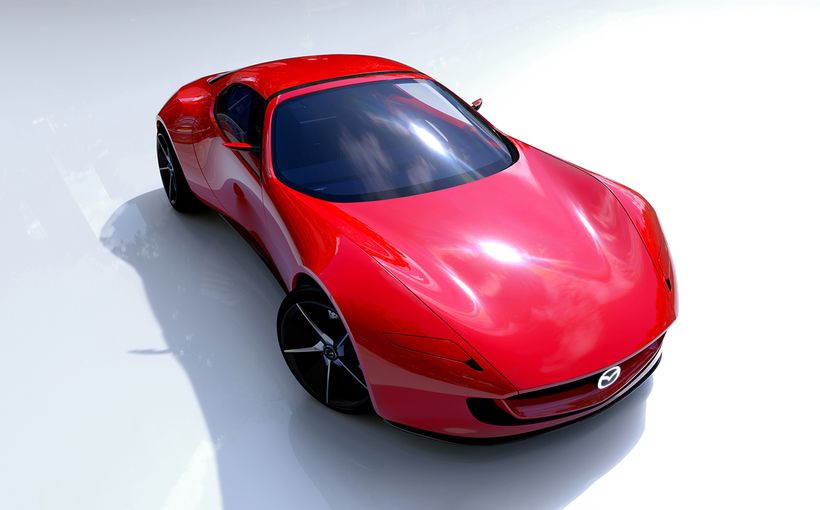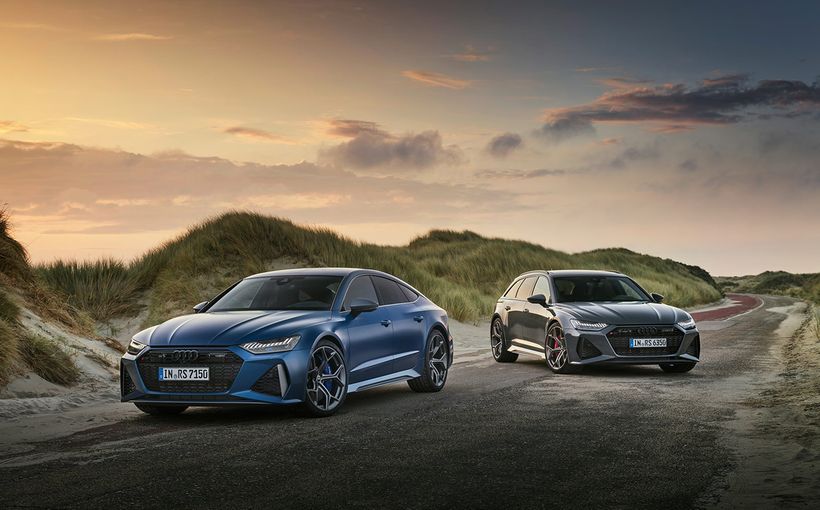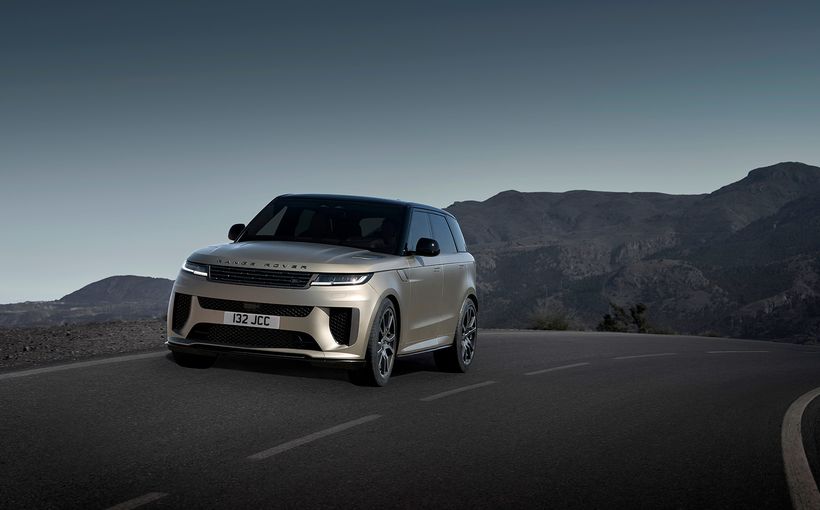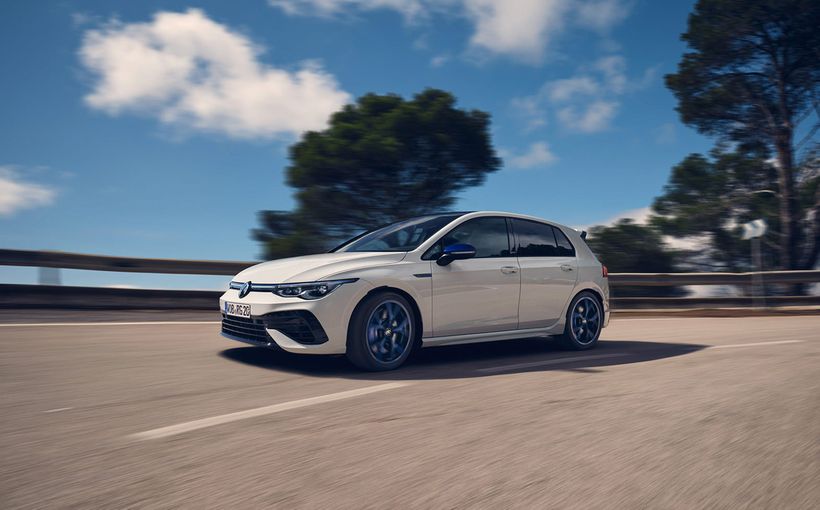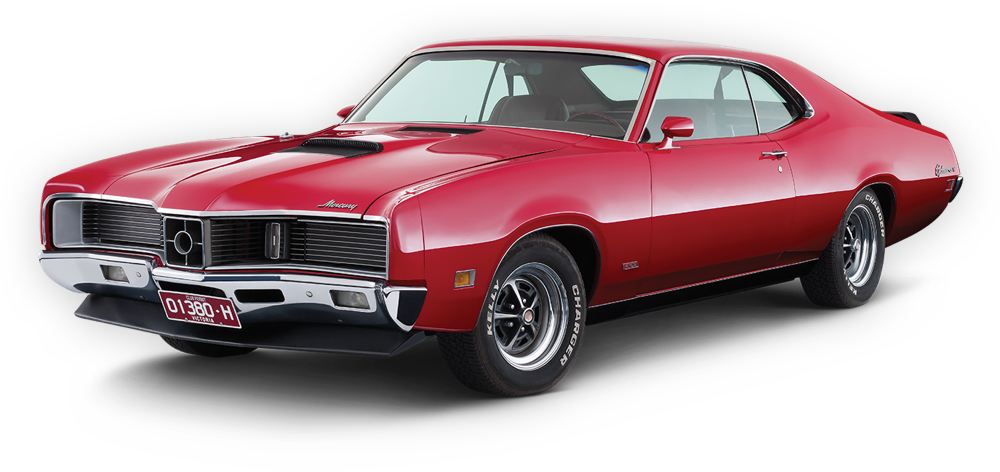Infiniti Q50S twin-turbo V6 reaches for the Skyline
IS THE S in the upcoming Infiniti Q50S for Skyline?
If you’re a fan of Japan’s other medium premium sports sedan after Lexus, there is plenty of good news … and of course a bit of bad news as well.
Bad first. The mad Infiniti Q50 Eau Rouge – a rip-snorting BMW M3-slaying concept car leveraging a worked 420kW version of the legendary Nissan GT-R’s phenomenal 3.8-litre twin-turbo powertrain, including its intelligent all-wheel drive system, as shown exactly two years ago at the Geneva Motor Show – is a no-go.

For whatever reason – the cost to get it production ready versus projected sales didn’t add up, apparently – the project is dead.
But the good news is that there is a properly fast and furious rival for the Germans, in the shape of the facelifted Q50 Series II, bringing a new heart to inject some much-needed spirit and sass into the Nissan luxury brand’s floundering 3 Series rival.
And there’s still a fair chunk of GT-R smarts within its smooth visage, as Australian buyers will be able to discover for themselves when the updated range arrives in the second half of this year.

Delivering a heady 298kW in the higher-spec S variant, the VR30 3.0-litre twin-turbo V6 is from a new lightweight family of engines that will gradually makes it way across the rest of the marque’s offerings. The core structure tips the scales at 194kg – a 14kg weight saving.
That power maximum is still within 20kW of the 317kW/550Nm 3.0-litre inline twin-turbo six driving the rear wheels in the current M3, as a result of a redesigned turbochargers with unique optical sensors that allow them to spin 10 per cent faster at up to 220,000 revolutions per minute, as well as high-pressure direct injection, and the development of an innovative valve timing device with an electric motor mounted within. How very Japanese.

Infiniti claims a startling 30 per cent improvement in turbo performance, with the resulting Q50S’ power peaking to 298kW at 6400rpm. A more accessible torque top of 475Nm between 1600rpm and 5200rpm is also another benefit of the VR30.
On the flipside, a segment-leading power-to-efficiency ratio is also said to lower petrol consumption to the tune of 6.7 per cent, compared with the outgoing VQ unit of similar capacity. To that end, there is also a new air-to-liquid charge cooler and electronic waste-gate actuator, also designed to mitigate turbo lag.

Two VR30s will be offered in the Q50 – the S’ 298kW and an as-yet unnamed variant with a 224kW/400Nm output maximum. The latter loses the twin water pumps for a single unit.
Other engines slated for the revised model include a 155kW/350Nm 2.0-litre direct-injection four cylinder petrol item, a 125kW/400Nm 2.2-litre turbo-diesel (both Mercedes-Benz supplied), and a 268kW/546Nm petrol-electric hybrid based on the VQ 3.5-litre V6, as per the existing version. Again, it will be made in rear or all-wheel drive configurations. A seven-speed automatic transmission with adaptive shift control will serve all versions.

Moving on from the powertrain side of things, the upcoming Infiniti sedan’s other big change underneath is a comprehensively revised version of the controversial adaptive steering system, which gains a whole lot more precision and feel, as well as the ability to be more readily tailored to the driver’s preferences. We’ll have to wait to drive it to confirm if what Nissan says is true about that, since the existing set-up has been widely panned for offering none of the above in sufficient quantities.
Still on dynamics, the new multi-mode suspension control is said to usher in worthwhile improvements to the handling and ride qualities, further addressing issues with the current model. It features digital damper adjustability and control, for a flatter cornering attitude, or a softer ride should the driver desires that.

In fact, select-ability is a big deal in the new Infiniti, with a Drive Mode Selector rolling out six settings – standard, snow, eco, sport, sport+, and personal, with a mix-‘n-match of individual engine, suspension and steering characteristics defining the latter mode.
Speaking of the ability to play with things, the 2017 Q50 gains twin LCD screens – 8.0-inch upper and 7.0-inch lower – with advanced hand-gesture operation included. The obligatory updated multimedia and connectivity upgrades round out the package.

Despite the improvements, the prices should mirror the existing, two-year old Q50’s roll-out, which ranges from the $50,900 (plus on-road costs) 2.0 GT to the $73,400 3.5 V6 Hybrid S-Premium AWD.

This V37 Q50 Series II will be just one of several new additions to the Australian Infiniti line-up, which will also see the arrival of the much-anticipated, Mercedes GLA-based Q30 hatch and closely-related QX30 crossover at about the same time as the larger sedan, as well as the V36 Q60 Coupe-replacing sports coupe in the fourth quarter.
Infiniti, it seems, is stepping up at last. While there is no GT-R flagship to whet our appetites, a bit of the old Skyline sports sedan thinking seems to ensure that keen drivers won’t be left out in the cold.
Byron Mathioudakis GoAuto.com.au
Protect your Infiniti. Call Shannons Insurance on 13 46 46 to get a quote today.



